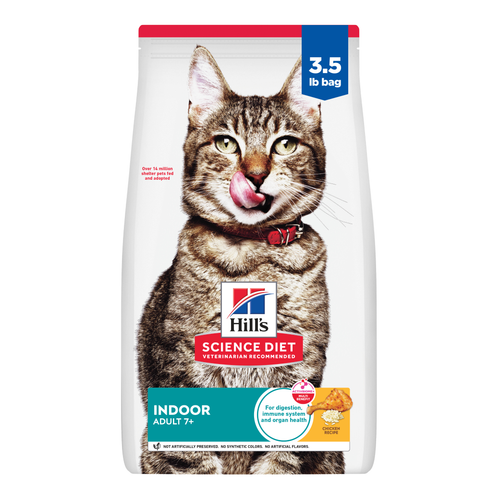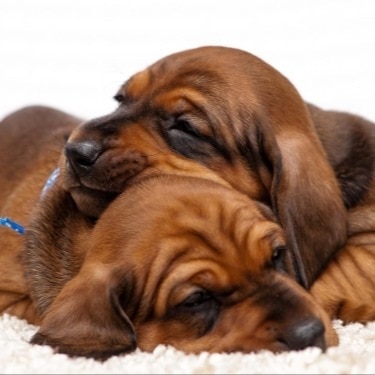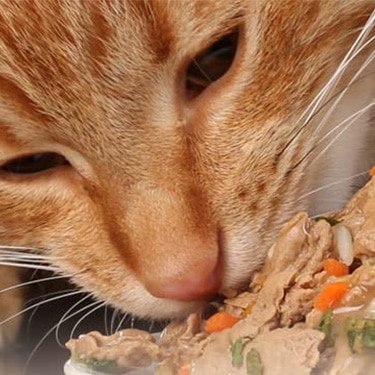
-
Find the right food for your petTake this quiz to see which food may be the best for your furry friend.Find the right food for your petTake this quiz to see which food may be the best for your furry friend.Featured products
 Adult Large Breed Chicken & Barley Recipe Dog Food
Adult Large Breed Chicken & Barley Recipe Dog FoodSupports healthy joints, lean muscle, and beautiful coat for large breed dogs
Shop Now Adult Chicken & Barley Recipe Dog Food
Adult Chicken & Barley Recipe Dog FoodSupports lean muscle and beautiful coat for adult dogs
Shop Now Hill's Science Diet Adult Chicken & Beef Entrée Dog Food
Hill's Science Diet Adult Chicken & Beef Entrée Dog FoodChicken & Beef Entrée in a delicious loaf with complete & balanced nutrition to help keep adult dogs active and healthy
Shop NowFeatured products Senior Vitality Adult 7+ Tuna & Vegetables Stew
Senior Vitality Adult 7+ Tuna & Vegetables StewImproves Everyday Ability to Get Up & Go
Shop Now Adult Turkey & Liver Entrée Cat Food
Adult Turkey & Liver Entrée Cat FoodPrecisely balanced nutrition with the delicious taste of minced turkey & liver to help fuel the energy needs of cats during the prime of their life
Shop Now Adult 7+ Indoor Chicken Recipe Cat Food
Adult 7+ Indoor Chicken Recipe Cat FoodSupports energy level and beautiful fur in mature indoor cats
Shop Now -
Dog
- Dog Tips & Articles
-
Health Category
- Weight
- Food & Environmental Sensitivities
- Urinary
- Digestive
- Joint
- Kidney
-
Life Stage
- Puppy Nutrition
- Adult Nutrition
- Senior Nutrition
Cat- Cat Tips & Articles
-
Health Category
- Weight
- Skin & Food Sensitivities
- Urinary
- Digestive
- Kidney
-
Life Stage
- Kitten Nutrition
- Adult Nutrition
Featured articles The Science Behind Our Love for Pets
The Science Behind Our Love for PetsLearn the scientific reasons why we have such strong connections with our pets, and what science says about the love between humans and our furry friends.
Read More What Is Littermate Syndrome? Pet Adoption Guide
What Is Littermate Syndrome? Pet Adoption GuideLearn more about littermate syndrome in dogs and cats and how to successfully navigate adoption and early socialization processes.
Read More How to Properly Mix Wet & Dry Pet Foods
How to Properly Mix Wet & Dry Pet FoodsAn Orange cat eating from a bowl filled with mixed food
Read More -


If you've ever had a cat snuggle up in your lap for a nap, you know that she'll push her paws up and down until she's found the perfect spot, but why do cats knead?
Cats display seemingly odd behavior at times, as pet parents soon discover. Cat kneading is one of the most common and perhaps one of the most misunderstood of these distinct behavioral traits—no one can say exactly why cats knead their human family members, but there are some compelling theories out there.
First of all, what is cat kneading?

A cat kneads in much the same way a baker works bread dough, using a pushing motion with her front paws, alternating between left and right. In fact, the act of cat kneading commonly is referred to as "kneading dough" or "making bread/biscuits." Not all cats knead, and some cats do so infrequently. She may even bite at the sheets or blanket while kneading. Each cat is unique in her habits.
Are you my mommy?
One of the most widely held beliefs is that domesticated cats retain their kitten instincts. Kittens knead their mothers to stimulate milk production for nursing, and as PetMD explains, "even though kneading a soft surface doesn't yield milk, adult cats forever associate the motion of kneading with the rewarding comfort of nursing." Kneading a human, therefore, might be a cat's way of showing her love and affection for you. Despite being a full-grown adult cat, your fur baby remains just that—your baby.
Can there be too much kneading?
In addition to kneading as a way to show affection, a cat may knead as a way to self-soothe, too, because it can provide a great comfort. But is it too often? If she's alone for long period of time, for example, she'll amp up the kneading when you are home, says Petcha, so "try spending more one-on-one quality time with her. Play with your cat, brush her, or just hold her and talk to her in a loving tone of voice every day." This will help her to de-stress.
If your cat begins kneading obsessively, it may be a sign that something with her is amiss, in which case you should contact your veterinarian.


Tasty Tips
Do cats only knead people?
Cats will sometimes knead on soft surfaces like blankets or their preferred napping location to get into a comfortable position. This is another wild instinct that domesticated cats retain, giving them the important skill of creating a cozy, safe space in which to get some rest or give birth while hidden away from the dangers of predators. Additionally, this serves as a way for cats to mark their territory, so cat kneading may also be your kitty's way of telling you that it's actually her bed, not yours.
Can I train my cat not to knead?
It's a wonderful bonding moment when your cat kneads your lap while you're sitting on the couch, but even when she uses a gentle motion, it can be painful if her claws aren't trimmed. Or, perhaps her claws snag your clothes, the blankets or couch, and you want to keep your possessions from wear and tear while keeping your kitty from getting stuck.
What you don't want to do, however, is prevent your cat from kneading entirely. She's not misbehaving: it's a natural instinct for which cats need an outlet. But there are ways you can protect your stuff and let your cat happily knead away.
Keeping her claws trimmed, an important part of regular cat grooming, will decrease snags and scratches. If you don't want her to knead people, you can train her to knead dedicated blankets or towels by moving her gently to these items at the moment she begins to knead, thereby redirecting her to the designated spot. It may take a while, but she'll learn.
Why do cats knead? Cats love their pet parents, and if you're the chosen one, you're on the receiving end of a loving gesture.


Christine O'Brien is a writer, mom, and long-time cat parent whose two Russian Blues rule the house. Her work also appears in Care.com, What to Expect, and Fit Pregnancy, where she writes about pets, pregnancy, and family life. Find and follow her on Instagram and Twitter @brovelliobrien.
Related products

Delectable chunks with tender chicken smothered in a rich gravy

Precisely balanced nutrition with the delicious taste of minced turkey & liver to help fuel the energy needs of cats during the prime of their life

Supports energy level and beautiful fur in mature indoor cats

Improves Everyday Ability to Get Up & Go
Related articles

When you adopt a cat, you don't just gain a best friend; you also save her life. Here's why getting a cat from a local animal shelter makes so much sense.

Discover which cat toys games your feline friend might like, and how they are great sources of exercise. Explore our library of articles to learn more.

Learn how to litter train a kitten with this guide to potty training, including when to start litter training kittens and troubleshooting tips.

Discover how to train your cat, starting with very basic first steps that both reward good behavior and discourage the bad.

Put your cat on a diet without them knowing
Our low calorie formula helps you control your cat's weight. It's packed with high-quality protein for building lean muscles, and made with purposeful ingredients for a flavorful, nutritious meal. Clinically proven antioxidants, Vitamin C+E, help promote a healthy immune system.
Put your cat on a diet without them knowing
Our low calorie formula helps you control your cat's weight. It's packed with high-quality protein for building lean muscles, and made with purposeful ingredients for a flavorful, nutritious meal. Clinically proven antioxidants, Vitamin C+E, help promote a healthy immune system.

